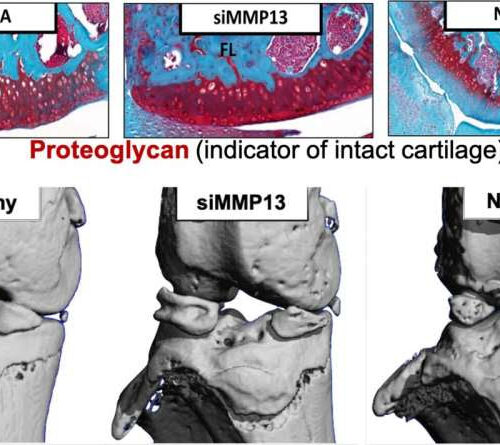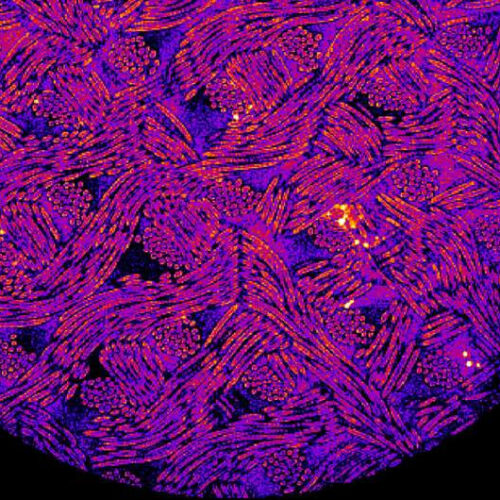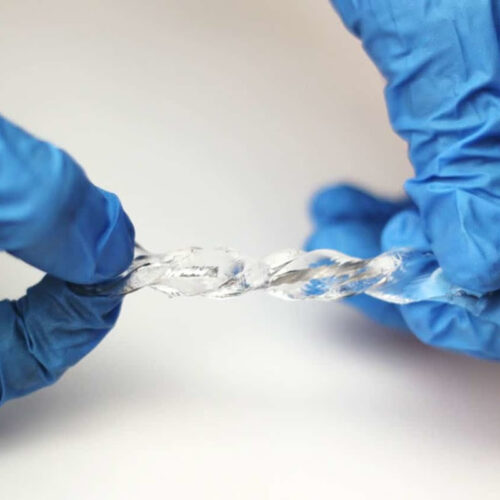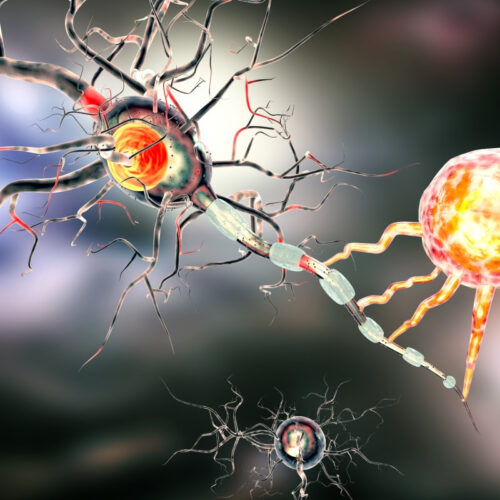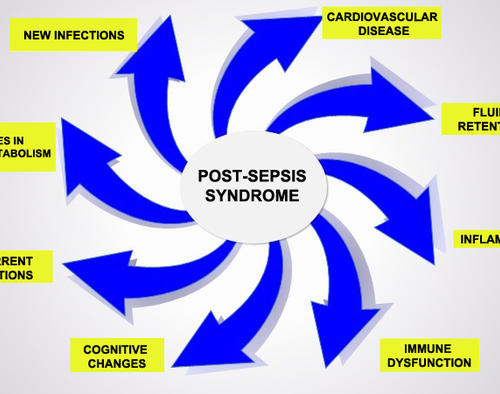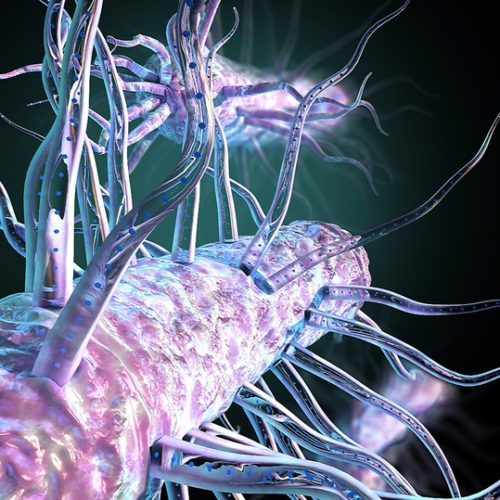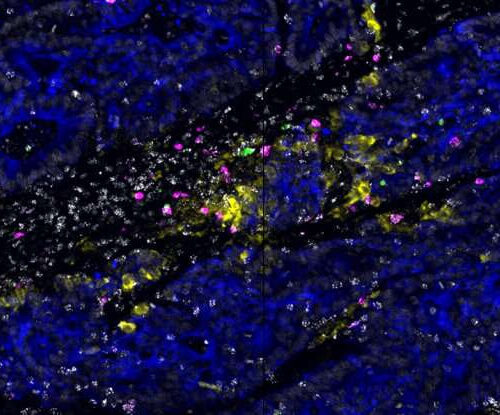by Marissa Shapiro, Vanderbilt University Blocking MMP-13 reduces structural changes to mechanically injured joints. Top: Histological images of trichrome-stained sections showing that blocking MMP-13 protects cartilage structure and composition. Bottom: Micro-computed tomography imaging of mineralized tissues indicate that MMP-13 inhibition reduces unnatural mineralization and bone spurs in the mechanically injured joints. Red arrows and # symbols...
Rheumatoid arthritis treated with implanted cells that release drug
by Washington University School of Medicine Researchers at Washington University School of Medicine in St. Louis have genetically engineered cells that, when implanted in mice, deliver a biologic drug in response to inflammation. Pictured is an implant consisting of a woven scaffold coated with the engineered cartilage cells that release a drug in response to...
Liquid-metal energy harvester works underwater – and on dry land
By Ben Coxworth August 31, 2021 Along with being twistable, the device can also be stretched by up to five times its relaxed length Veenasri Vallem Although there are now a number of devices that generate electricity via movement, most of them only work in dry environments. A new one, however, also functions underwater – meaning...
Protein discovery pulls at the roots of recurring brain cancer
By Nick Lavars August 31, 2021 Scientists have made a key discovery around how cancer stem cells can give rise to recurring brain tumors ralwel/Depositphotos Glioblastoma is an aggressive form of brain cancer, and compounding the threat is the high probability of recurrence following treatment, with dormant tumor cells springing back into action and giving...
Immunotherapy for HPV+ head and neck cancer: Awakening the force within
EMORY HEALTH SCIENCES A new study from scientists at Emory Vaccine Center and Winship Cancer Institute of Emory University reports that the immune cells that are the major targets of immune checkpoint inhibitors are present in tumors from head and neck cancer patients. The study focuses on head and neck tumors that are positive for...
Immune cell betrayal explains why it gets colder as we age
YALE UNIVERSITY Human evolution has provided us a level of protection from the existential threat of cold temperature with the capacity to produce heat from fat stored in the body. However, with age, people become more susceptible to cold as well as inflammation and metabolic problems which can lead to a host of chronic diseases. Researchers at...
Researchers identify a novel cell type that makes survivors of sepsis more susceptible to infections
FUNDAÇÃO DE AMPARO À PESQUISA DO ESTADO DE SÃO PAULO IMAGE: MANY PATIENTS SUFFER FROM A SIGNIFICANT DECLINE IN IMMUNITY LASTING FOR YEARS AFTER THEY ARE DISCHARGED FROM HOSPITAL. CREDIT: JOSÉ CARLOS FARIAS ALVES FILHO Sepsis is the leading cause of death in Brazil’s intensive care units (ICUs). Among patients who progress to the severe...
Hidden bacterial hairs power nature’s ‘electric grid’
YALE UNIVERSITY IMAGE: TWO PROTEINS WITHIN BURIED BACTERIA, LACKING OXYGEN, PUMP OUT NANOWIRES, WHICH ESSENTIALLY “EXHALE” ELECTRONS. SCIENTISTS ARE SEEKING TO USE THIS NATURAL ELECTRICAL GRID TO GENERATE ELECTRICITY, NEW BIOFUELS AND EVEN SELF-HEALING ELECTRONIC COMPONENTS. CREDIT: NIKHIL MALVANKAR/YALE UNIVERSITY A hair-like protein hidden inside bacteria serves as a sort of on-off switch for nature’s...
The PANoptosome: a new frontier in innate immune responses
ST. JUDE CHILDREN’S RESEARCH HOSPITAL IMAGE: CORRESPONDING AUTHOR THIRUMALA-DEVI KANNEGANTI, PH.D., IS THE VICE-CHAIR OF THE IMMUNOLOGY DEPARTMENT AT ST. JUDE CHILDREN’S RESEARCH HOSPITAL. CREDIT: ST. JUDE CHILDREN’S RESEARCH HOSPITAL St. Jude Children’s Research Hospital immunologists have identified how immune sensors in infected cells organize and launch a multi-faceted innate immune response to infections with live viruses...
Immune cell ‘hubs’ discovered hiding in tumors
by Sarah C. P. Williams, Broad Institute of MIT and Harvard In a subset of human colorectal tumors, immune cells such as activated and potentially tumor-reactive T cells (white, green, and magenta) are organized into “hubs” around malignant cells (blue) expressing molecules (yellow) that attract immune cells. Credit: Joshua Pirl, Vjola Jorgji, Linda Nieman, Jonathan Chen....

